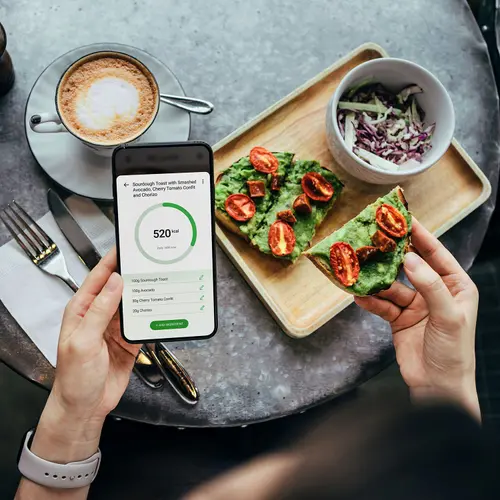The Promise
What's the real secret to losing weight and keeping it off? Thin for Life, by dietitian Anne Fletcher, has stories from people who've done just that.
The idea is that they're the real experts who have taken control of their weight while leading regular lives -- no complicated food or exercise plans required.
Instead, a 6-week "nondieting weight-control plan" focuses on making a single change to one food group each week, so you're not overwhelmed.
What You Can Eat and What You Can't
You eat three meals and at least one snack a day. Off-limits: fried foods, some baked goods, many processed foods, high-fat and processed meats, soda, artificial sweeteners, trans fats, and high-fructose corn syrup.
Week 1: You whittle down how much fat, oil, and sweets you eat.
Week 2: Protein is the theme of this week. You eat 2-3 small servings of protein (meat, poultry, fish, beans, peanut butter, eggs, or dairy products) each day.
Week 3: You eat 3-4 servings of low-fat or fat-free milk, yogurt, and cheese this week. Try new kinds of reduced-fat cheese and fat-free yogurt to see what you like.
Week 4: You focus on fruit this week, eating at least 2-4 servings each day. A serving is one medium whole fruit, a cup of juice, or ½ cup canned or fresh cut-up fruit. Try at least two new fruits this week
Week 5: Vegetables are this week's star. Go for at least 3-5 servings of veggies each day, and try at least two new vegetables this week. Spruce them up with nonfat flavorings, such as dill, basil, or lemon juice.
Week 6: Move away from muffins, quick breads, oily crackers, and sweet baked goods. Choose whole-grain, low-fat, or fat-free versions. You'll get more fiber that way, too.
Level of Effort: Medium
Limitations: Fried foods, some baked goods, many processed foods, high-fat and processed meats, soda, artificial sweeteners, trans fats, and high-fructose corn syrup are off-limits. You'll gradually change your eating habits so you're choosing healthier foods. You're encouraged to cut back on alcohol.
Cooking and shopping: You’ll cook and shop as usual.
Packaged foods or meals: No.
In-person meetings: No.
Exercise: No, but strongly suggested.
Does It Allow for Dietary Restrictions or Preferences?
The diet focuses on low-fat food choices, and you can easily make it work for low-salt, vegetarian, vegan, and gluten-free needs.
What Else You Should Know
Cost: You’ll spend roughly the same amount on groceries.
Support: You do this diet on your own.
What Maryann Jacobsen, RD, Says:
Does It Work?
Whether Thin for Life's advice works depends on what you get out of it. The point of the book is to learn from people who have kept off weight for 3 or more years -- Fletcher calls them “masters” of losing weight -- and then figure out which of their strategies will work for you.
Many of their tips, like writing down what you eat, are the same ones backed by research.
Its advice is also in line with what most major health organizations recommend: a diet low in saturated fat and sugar, and high in fruits and vegetables. There are no gimmicks or forbidden food groups on this plan.
Is It Good for Certain Conditions?
This book is good for people with diabetes, high blood pressure, high cholesterol, and heart disease. That's because it takes a gradual approach to eating well and weight loss, unlike other plans that start off very restrictive and can be overwhelming.
If you watch your sodium or carbs for your conditions, you'll still need to be vigilant, as this plan doesn't replace any diet advice given by your doctor or dietitian.
The Final Word
It's rare to find a book that focuses on keeping weight off -- the most challenging part of weight management. It’s full of helpful strategies and motivational tips.
If you’re the type of person who needs to see immediate results to stay motivated or wants more specific diet guidance, this diet may not be structured enough for you.
But if you’ve lost weight before and had trouble keeping it off, this book just might give the inspiration you need.

